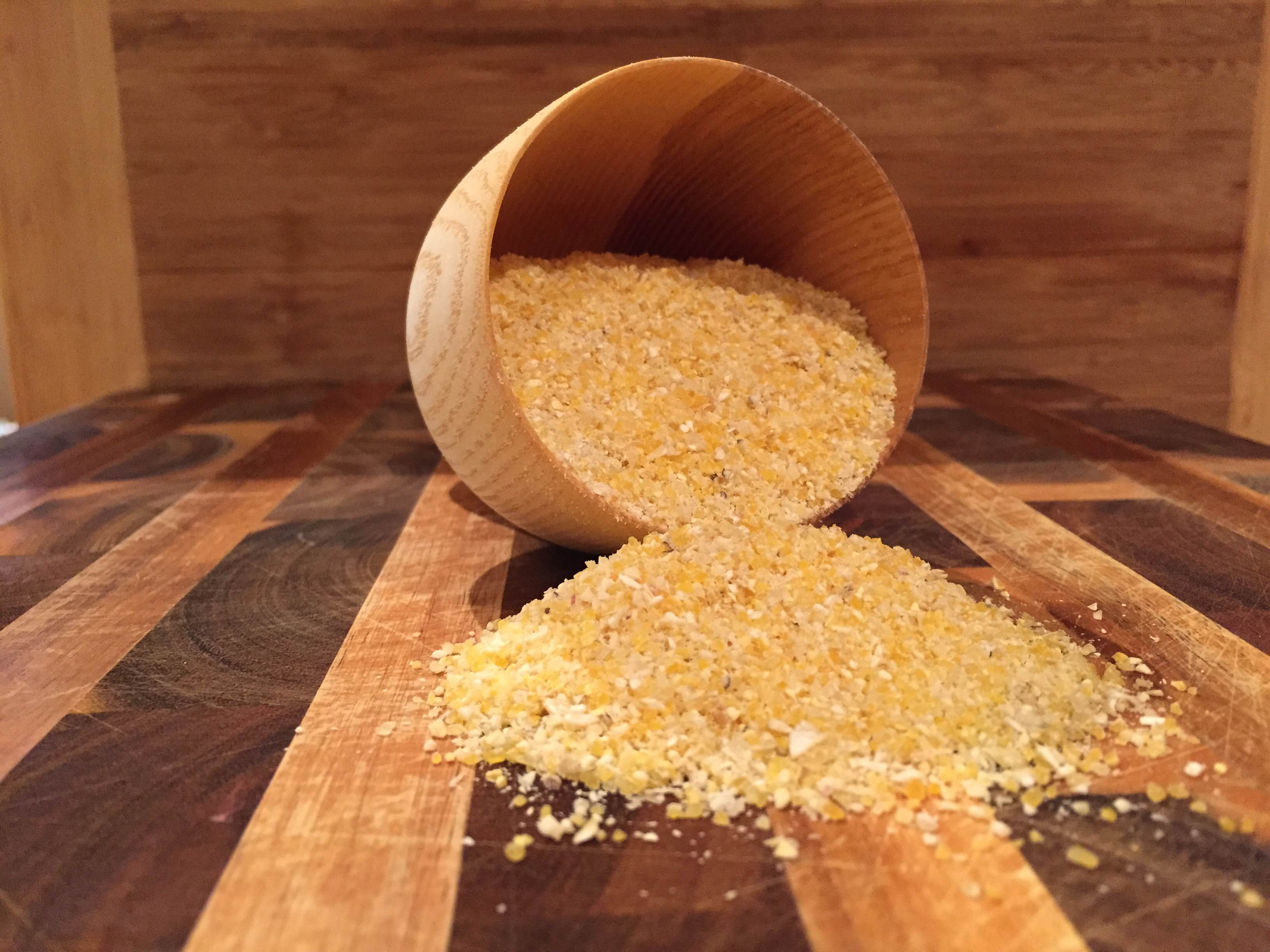
When I set foot in Formaggio Kitchen for the first time, I was, of course, blown away by the grandeur of the cheese wall, the array of gorgeous wines, and the glimmering bakery case. It’s hard not to be swept up in the sheer spectacle of so many elegant, carefully curated foods together under one roof. But the item that really made my heart skip a beat, tucked into a narrow shelf between packages of flour and cornmeal, was a white paper bag filled with Anson Mills grits. Until I moved to Boston six years ago, I had spent my entire life in the Deep South, where grits are not only a staple at the table, but a symbol of our regional identity, a symbol that crosses lines of race, class, and division. A proper bowl of grits has the power to nourish and to comfort, to warm both the belly and the spirit. But in the Northeast, a proper bowl of grits can be tricky to come by; most supermarkets offer pre-packaged instant grits and little else.
Enter Anson Mills, one of the nation’s few producers of heritage grains. Anson Mills began when its founder, Glenn Roberts, vowed to resurrect Carolina Gold rice, a mainstay of Antebellum-era Southern cooking that had nearly become extinct. As Roberts’ curiosity expanded beyond rice, he began experimenting with nearly-lost strains of corn and wheat. After investing so much time and care in reviving these precious grains, he was unwilling to put the responsibility of milling into anyone else’s hands, so he quit his day job, rented a warehouse, and purchased four stone mills. Roberts has been spreading the gospel of heirloom grains ever since, and a number of prominent chefs have taken notice.
Anson Mills first appeared on my radar via Sean Brock, executive chef at McCrady’s and Husk in Charleston, South Carolina, whose gorgeous book, Heritage, champions the revival and preservation of historic Southern recipes. Given their dovetailing interests, it’s no surprise that Brock sources his grains from Anson Mills, and a significant number of his recipes call for Anson Mills products specifically. When I saw that bag of grits nestled on our shelf, I immediately took it home and cracked open my copy of Heritage.
Separate from the neatly categorized, step-by-step recipes that make up the bulk of Heritage, there is a page whose bold heading simply reads, “How to Cook Grits Like a Southerner.” It’s less a recipe and more a set of guidelines and loose instructions; Brock requires a 2:1 ratio of water to grits, and advises that you allow the grits to soak for a miminum of six hours, and preferably overnight. Then, once you have skimmed off the chaff that rises to the top of the pot, you bring the grits to a boil, give them a few minutes off the heat to loosen up, and then continue cooking for at least an hour, low and slow, stirring and tasting periodically along the way. Instead of providing a specific cooking time, Brock encourages you to use your intuition, trusting the grits to tell you when they are done.
Spending over an hour at the stove, tending a humble pot of corn mush, is perhaps an unusual way to spend an afternoon, but I was fascinated by the changes that occurred in that pot over the course of cooking. In the early stages, the mixture was recognizable as the grits I grew up with, albeit loose and chewy, but as they continued to cook, they grew silkier, creamier. An hour later, the grits were perfect: nearly pudding-like in texture, with a distinct, vegetal corn flavor that is often lacking in commercial varieties. And the smells that wafted through my kitchen brought back memories of the cold linoleum of my grandmother’s kitchen floor, of childhood breakfasts and family gatherings. Despite the fact that it was three in the afternoon and I had prepared no other food, I sat down immediately with a steaming bowl, dressed only with salt, a pat of butter, and a smidgen of hot sauce. A proper bowl of grits, at last.

Jesi Nishibun is a cheesemonger at Formaggio Kitchen Cambridge. When she's not behind the cheese counter, you can find her with her nose in a cookbook, or experimenting in her home kitchen.

